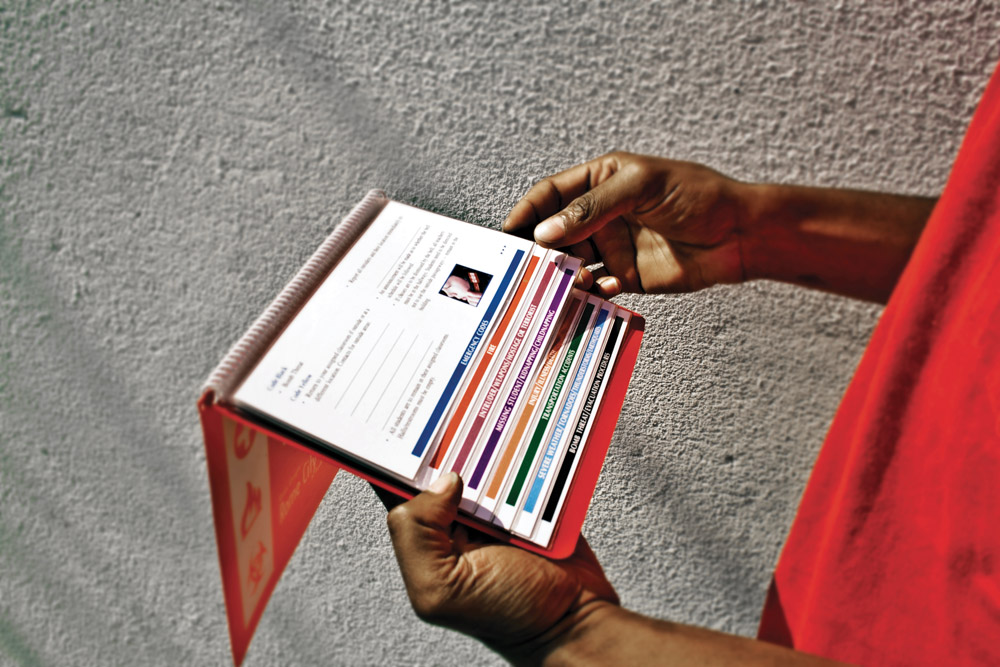Are You Using Plain Language?
The first in a line of students boarding their morning school bus whispers to the driver, “Johnny’s got a knife!”. The driver now faces a set of critical decisions within the next few seconds. What steps can he take that would not further complicate the situation? Should he immediately notify someone, call for help? If he uses plain language, will it initiate a confrontation?

Source: Racine County Eye
Current Practice?
Many fleets use codes to communicate the existence of a situation on their bus. I found this was the procedure in our school’s transportation department after taking responsibility for the fleet. If a driver suspected a weapon was on the bus, they would radio in to the base that they were “invited to the wedding.” This would alert the base, who would then call 911.
One of the reasons given to me for this practice was that alerting the person that help was on its way would cause them to act rashly. Another was that openly communicating the threat could traumatize children riding in other buses who could overhear the broadcast. I understood their reasoning, their desire to keep things from escalating, and the powerful need to protect children from harm. But, was it really in the best interest of the students and did it align with the best approach to dealing with such a situation?
Plain Language is best!
The gold standard of planning is the National Incident Management System (NIMS). It is the framework provided by the Department of Homeland Security for state and local entities. It prepares them to mitigate, respond to and recover from a hazard. The reason for the development of NIMS is to achieve inter-operability across agencies, jurisdictions and disciplines. At the local level, this requires communicating clearly, concisely, and in plain language, so authorities can prepare and respond in the most effective manner.
If there is someone with a weapon, authorities need to know the type of weapon and any other pertinent information. The use of codes can cloud their understanding of the actual situation and events. The faster the response, the less likely events will get out of hand. Every complication increases the time it takes to prepare and get the right people in the right place. Using a code limits the information that can be passed and is open to interpretation, which can add a large degree of uncertainty as to what is actually occurring.
Simplify, Simplify, Simplify!
Research shows that a person under stress experiences numerous symptoms, among them a decline in cognitive function. They begin to lose the ability to think clearly. At such time, complications like a code only makes things more difficult for them.
During a critical moment on the school bus, the driver’s world narrows down to their bus and the person with the weapon. What a driver needs in such a high stress situation is simplicity. The fewer decisions they have to make, the more likely the choices made will be the right ones. Trying to remember a long list of procedures and codes is not something conducive to clear thinking.
The acronym often used in emergency planning is KISS, and plain language helps keep things simple.

